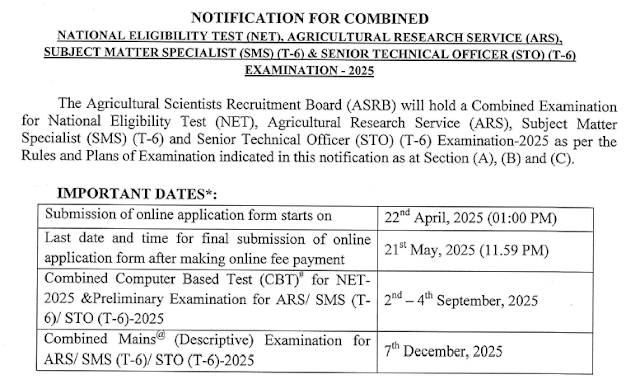Carbon Credits: Global Dynamics and India’s Emerging Position in Climate Market
by Farin Khatoon.
 |
A Comparative View of Carbon Credit Systems: India’s Emerging Market vs. Global Leaders in Carbon Trading |
Carbon credits represent a critical market-based mechanism for reducing global greenhouse gas (GHG) emissions. As the world intensifies efforts to combat climate change, nations are leveraging carbon credit systems within both compliance and voluntary frameworks. This blog provides a comprehensive overview of carbon credits and their operational mechanisms. It also compares global practices with India’s evolving carbon market framework, drawing on primary sources and recent policy developments. Climate change mitigation necessitates innovative mechanisms that integrate environmental and economic priorities. Carbon credits, functioning under cap-and-trade or voluntary systems, have emerged as such instruments, enabling entities to offset emissions by investing in sustainable projects. While developed economies have operationalized structured emission trading schemes (ETS), developing nations like India are designing domestic frameworks to participate more actively in carbon finance.
Concept and Classification of Carbon Credits
Carbon credits are permits that grant the holder the right to emit one metric tonne of CO₂ or equivalent GHG. The carbon credit economy operates primarily through two systems:
-
Compliance markets, such as the European Union Emissions Trading Scheme (EU ETS), which are mandated under international or regional laws European Commission, 2023.
-
Voluntary carbon markets (VCMs), wherein corporations or individuals offset emissions beyond regulatory requirements, often through registries like Verra or Gold Standard Verra, 2023.
Global Overview of Carbon Credit Markets
1. European Union ETS
The EU ETS remains the largest and most mature carbon market, covering nearly 40% of the EU’s GHG emissions. It operates on a “cap-and-trade” principle and includes sectors such as energy, manufacturing, and aviation European Commission, 2023.
2. China’s National ETS
Launched in 2021, China's ETS is the largest in the world by emissions coverage, initially targeting the power sector and expected to expand to industrial sectors ICAP, 2024.
3. North American Markets
The California Cap-and-Trade Program, linked with Quebec’s system, incorporates offset credits and allows for cross-border trading California Air Resources Board, 2023.
4. Voluntary Carbon Market (VCM)
The VCM is estimated to exceed USD 2 billion in value by 2024 Ecosystem Marketplace, 2023, with companies like Amazon and Microsoft investing heavily in offset credits.
India’s Role in the Carbon Credit Economy
1. Historic Participation through CDM
India has been a prominent player in the Clean Development Mechanism (CDM) under the Kyoto Protocol. With over 1,700 registered projects, it was the second-largest issuer of Certified Emission Reductions (CERs) UNFCCC, 2023.
2. Launch of Carbon Credit Trading Scheme (CCTS)
India introduced the Carbon Credit Trading Scheme (CCTS) in 2023 under the Energy Conservation Act (amended in 2022), aiming to establish a compliance carbon market regulated by the Bureau of Energy Efficiency (BEE) and Central Electricity Regulatory Commission (CERC) Ministry of Power, 2023.
The scheme outlines tradable instruments generated from energy efficiency improvements, renewable energy, green hydrogen, and other low-carbon initiatives.
3. Voluntary Market Projects
India hosts several VCM-registered projects, including solar, wind, biogas, afforestation, and improved cookstoves. Many of these are validated by Verra and Gold Standard.
Comparative Analysis: India vs Global Carbon Markets
| Feature | India | Global Benchmarks |
|---|---|---|
| Market Type | Voluntary-dominated,emerging compliance market | Mature compliance (EU ETS, China ETS) and VCM |
| Credit Price | $2–$5 (VCM) | $80–$100 (EU ETS), $10–$30 (VCM average) |
| Regulatory Framework | Evolving (CCTS 2023) | Established (EU Directive 2003/87/EC) |
| Key Sectors | Renewable energy, afforestation, waste | Industry, CCS, transport, energy |
| Verification | External(Verra, Gold Standard), limited national MRV |
Robust MRV systems in EU, US, China |
| Domestic Buyers | Limited | High participation (corporate & state actors) |
Challenges in India’s Carbon Market Development
-
Low Pricing: Indian carbon credits are undervalued, limiting investment potential Brookings India, 2022.
-
Verification Gaps: Lack of robust Monitoring, Reporting, and Verification (MRV) mechanisms.
-
Limited Awareness & Demand: Domestic participation in carbon offsetting is minimal.
-
Policy Uncertainty: Regulatory changes and lack of long-term carbon pricing roadmap affect investor confidence.
-
Additionality and Quality Concerns: Projects that would occur without carbon finance (e.g., solar farms) are still generating credits.
Future Prospects and Recommendations
-
Strengthen Domestic MRV Systems: Develop a national framework aligned with international standards like ISO 14064 and UNFCCC guidelines.
-
Leverage Article 6 of Paris Agreement: India can participate in Internationally Transferred Mitigation Outcomes (ITMOs) under Article 6.2 to sell verified credits abroad UNFCCC, 2023.
-
Promote High-Integrity Projects: Invest in blue carbon, soil carbon, and biochar technologies.
-
Enhance Private Sector Engagement: Incentivize Indian corporates through tax rebates and ESG-linked mandates.
-
Blockchain Integration: To ensure traceability and reduce double-counting of credits.
Conclusion
Carbon credits offer a pragmatic solution for transitioning toward a low-carbon economy. India, with its vast potential in renewable energy and forestry, is poised to become a major supplier in global carbon markets. However, realizing this potential requires strategic policy reform, investment in credible MRV systems, and robust market infrastructure. As the world aligns with the 1.5°C target, India’s role in shaping equitable and effective carbon markets will be pivotal.
References
-
Ministry of Power, India. (2023). Carbon Credit Trading Scheme
-
Ecosystem Marketplace. (2023). Voluntary Carbon Market Insights


Comments